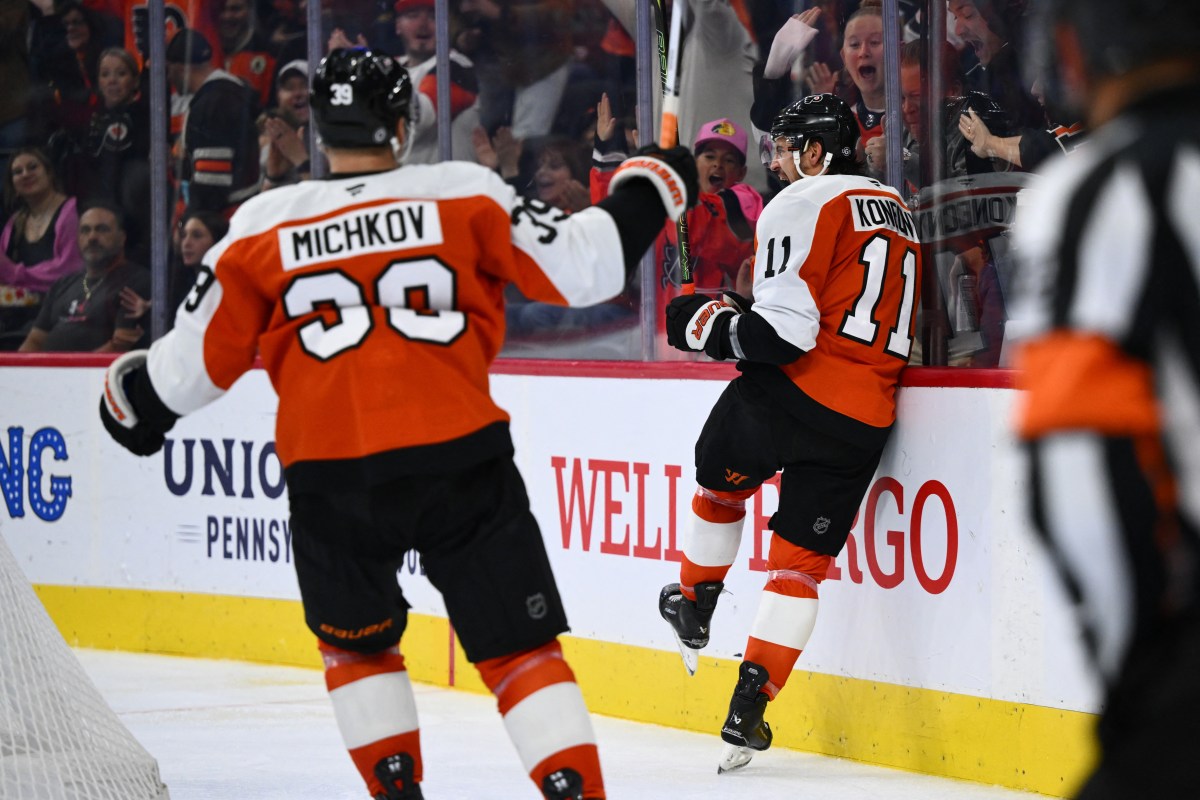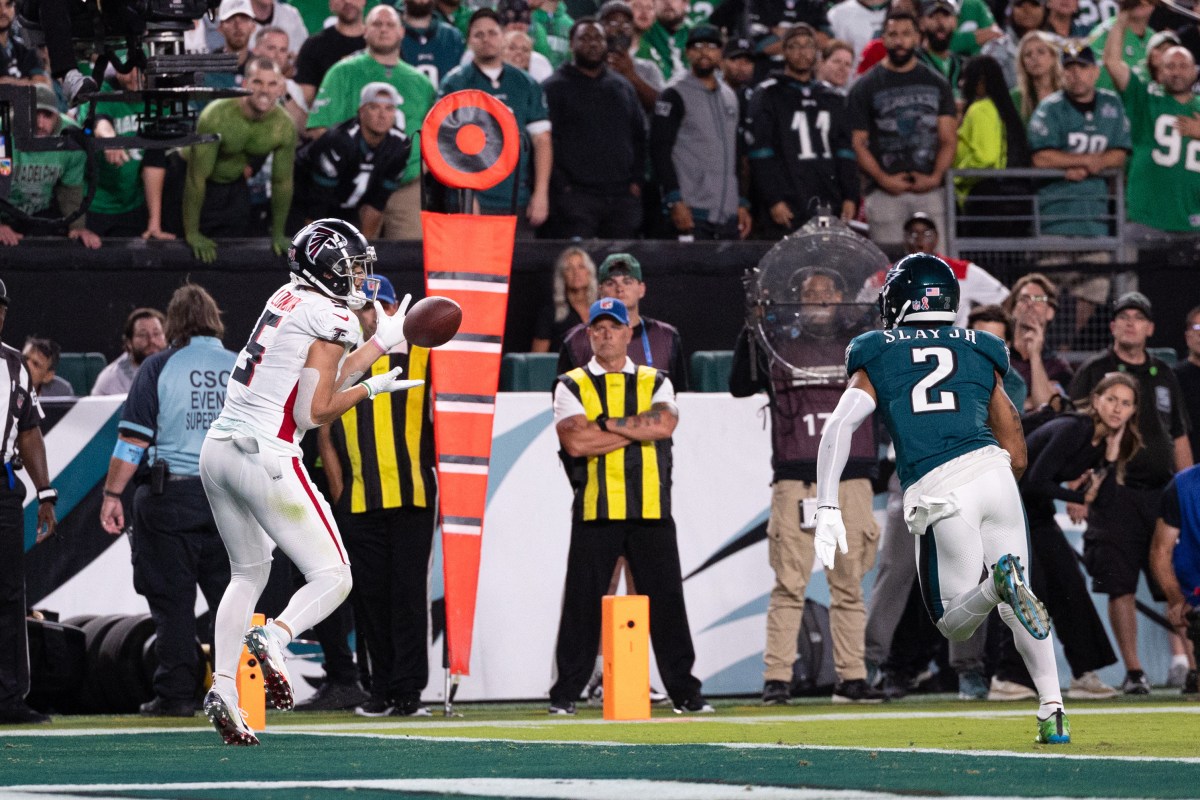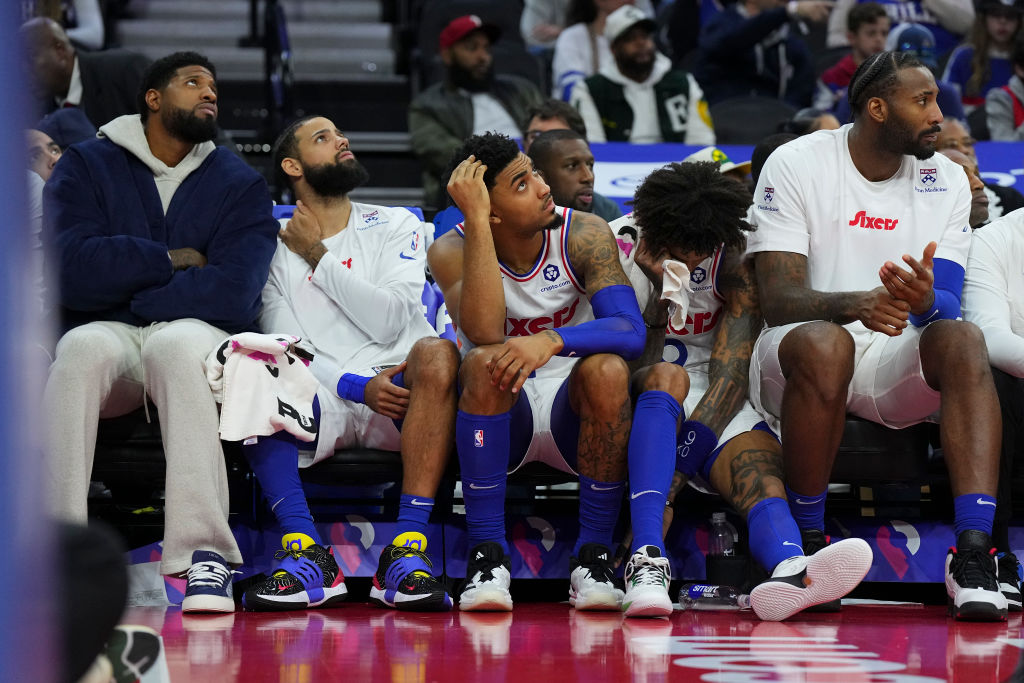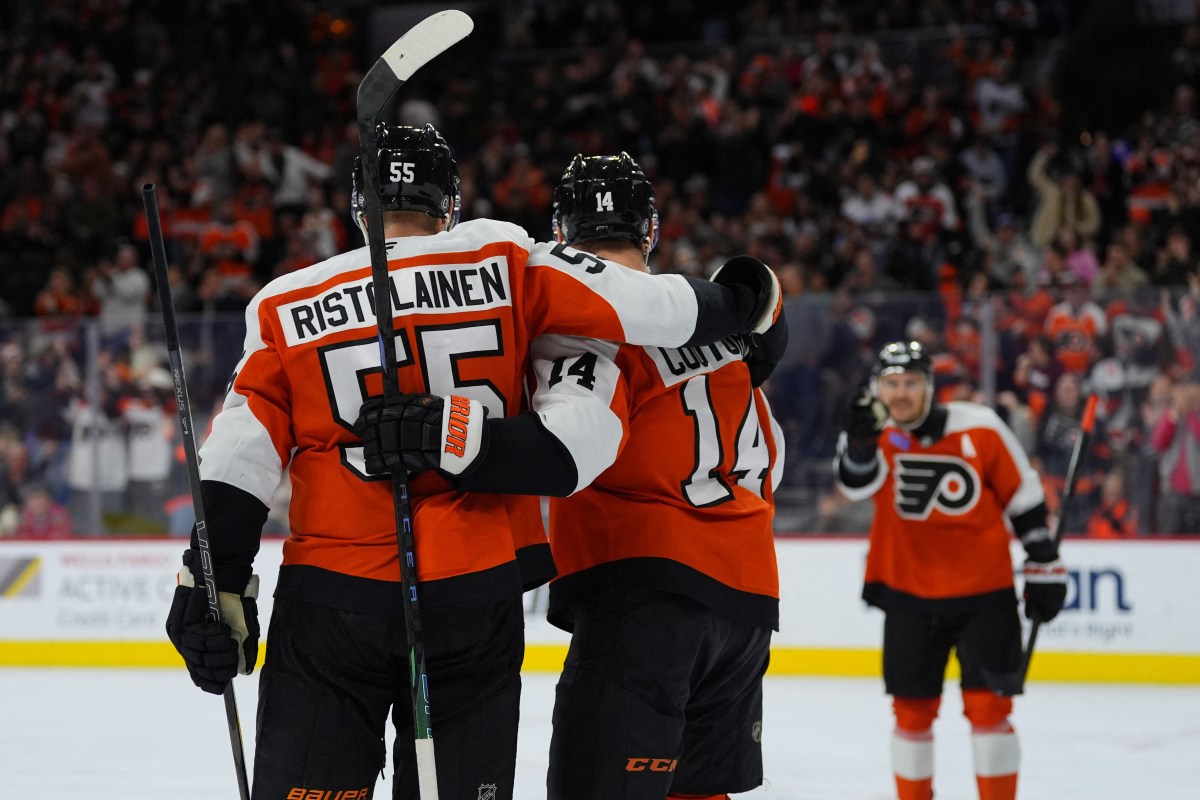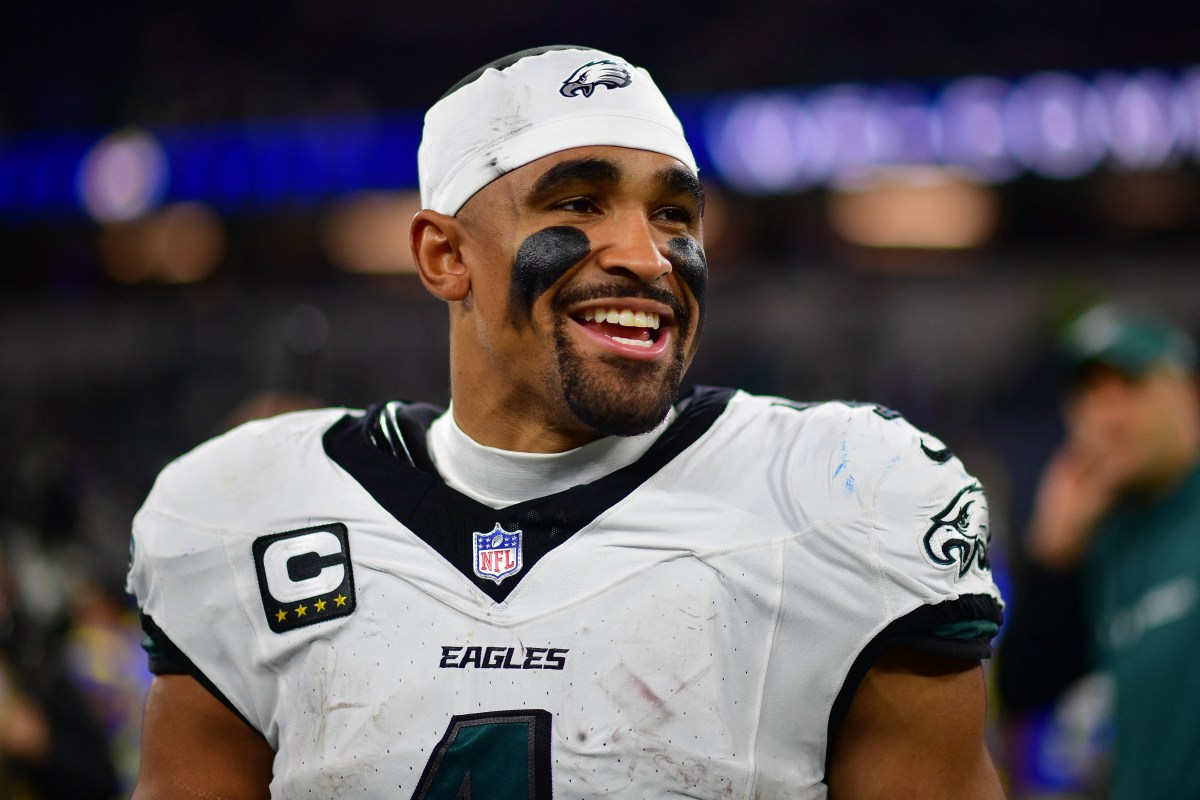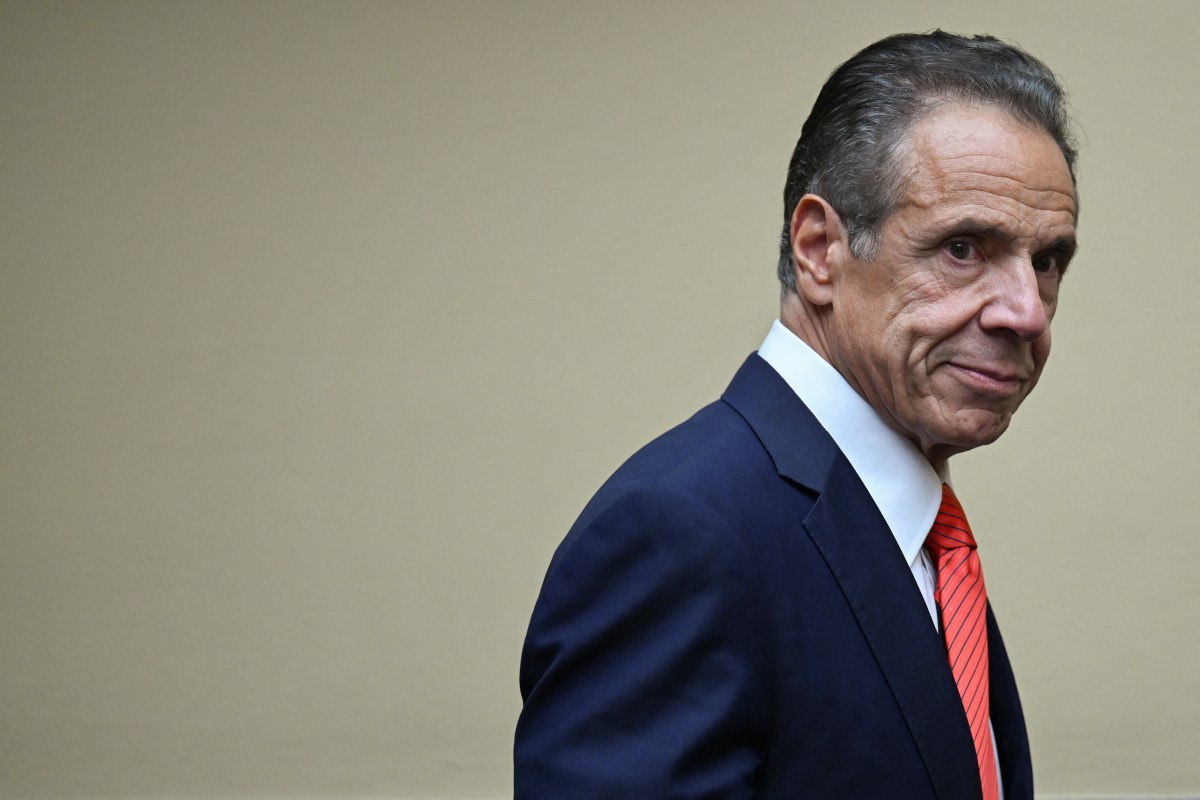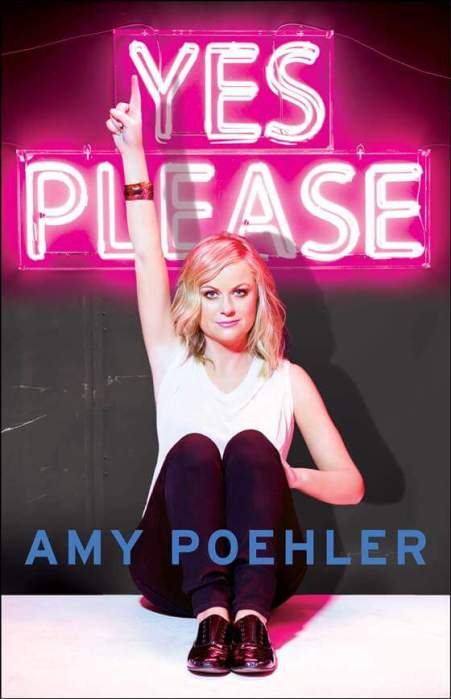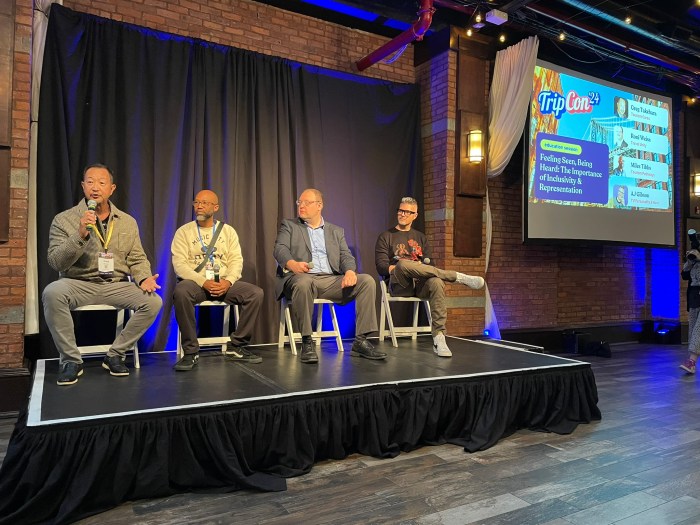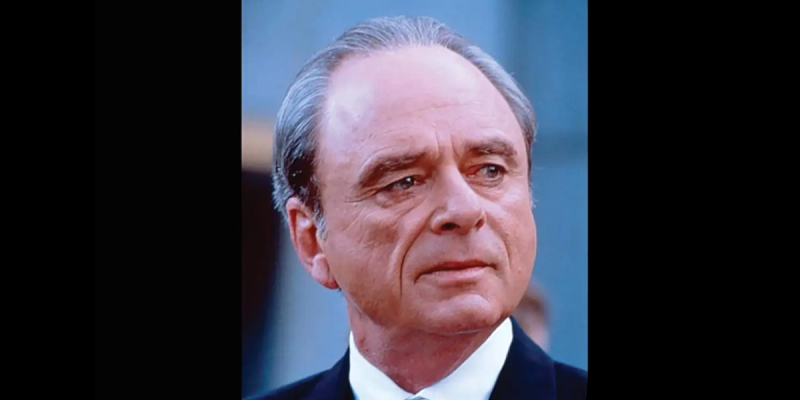 Ryan Gosling in a tender moment in “The Place Beyond the Pines”
Ryan Gosling in a tender moment in “The Place Beyond the Pines”
Credit: Atsushi Nishijima
Yes, Ryan Gosling is aware of the “Hey girl” meme. When the subject is bravely broached, the already quiet actor smiles and squirms in his chair. “Remember when Fabio was on that rollercoaster and he got hit in the face by a pigeon? I kind of feel like that pigeon lately. Wrong place, wrong time.”
Gosling is bit more open when talking about his new film, “The Place Beyond the Pines,” his second for director Derek Cianfrance. The two are on the same page. “We were making ‘Blue Valentine,’” he remembers, “and I had this cockamamie theory that I could rob a bank and get away with it. I wasn’t so afraid of jail. He said that was crazy, that he had just written a movie about that. So it felt like we should make it.”
In “The Place Beyond the Pines,” Gosling plays Luke, a face-tattooed carnival motorcycle racer who, in the opening, discovers one of his flings has resulted in a baby boy. In an effort to support him, and hopefully reunite with the mother (Eva Mendes), he becomes a bank robber. This is only the first act of the film, and his actions have repercussions throughout the shape-shifting narrative.
“It’s all about consequences,” Gosling explains. “It’s this guy who’s a melting pot of masculine clichés: muscles, tattoos, motorcycles, guns, knives. He learns those things don’t make you a man at all. He’s not a man, he’s just surface — a superficial person without depth. In keeping with his character, he has this melodramatic, over-romanticized idea of how to turn this sinking ship around.”
Not that he did too much delving into his character. “There’s not much going on inside of Luke. He’s a pretty surface-level person who is faced with his own lack of depth. I tried not to think too much,” he says. The film’s scope proves far larger than it initially seems, but Gosling tried to stay in the moment. “I try not to have a preconceived idea or think to much about the themes in Derek’s films. He wants a certain level of naturalism and not pre-planned feelings and responses.”
The realism extended to the tiniest detail, including the tattoo of a bleeding knife that descends from his left eye. “We wanted to make the tattoos look a mess, from someone who lived a life of not thinking things through and making bad decisions,” he says. “When I went for the tattoo, I thought, this is stupid, this is dumb, I can’t do this. And Derek was like ‘Well, that’s how most people feel about their face tattoos.’” Ultimately having a bad mark on his face helped his performance. “I didn’t evne want to look at myself in the mirror. I felt like I knew what he was like. When I was holding Tony Pizza, the kid who plays our child, I just felt ashamed this person I created was his father.”
Gosling raves about Cianfrance’s filmmaking, which he describes as both “cinematic and beautiful, but also invisible.” To stress authenticity, he shot much of the film in long takes and had Gosling rob a bank populated by the actual staff and customers. That could backfire. “I’d look down and everyone’s smiling and has their cell phones out, having a good time,” he says. “Derek was blaming me, saying I wasn’t scary enough.”
It’s no surprise that actors like Cianfrance, who affords them so much respect and wiggle-room. “The great thing about Derek is he never writes emotional marks in the script. You never feel when you’re coming to set in the morning that you have to hit some kind of emotional mark. They just happen naturally,” says Gosling. And yet so much of the character ideas originate from Cianfrance. “But you think they’re yours. He finds a way to make you think you’re responsible, but it’s always his secret plan. It’s a collaboration, more than most movies. It’s hard to separate whose idea is whose.”
On “Drive”
Gosling’s most crush-worthy role is “The Notebook,” but his most iconic is arguably in Nicolas Winding Refn’s neo-noir, in which he struts about in a white satin jacket with a yellow scorpion on the back. “It was my dream to make a character people went out for on Halloween. I used to go out and see every Johnny Depp character. I was like, how is he doing that? When we did “Drive,” I was really hoping for that. And people started sending me pictueres on Halloween. It was working.”
On doing more comedies:
“I really just like working with Steve Carell. I’d like to do that again. I’d like to do more comedies. Drama is so subjective. Comedy is funny or it’s not. There’s something about that; they laugh or they don’t. It’s easier to tell if it’s working or not. When you do drama, it’s dissipates out into the ether and you never know if it’s resonating.”



